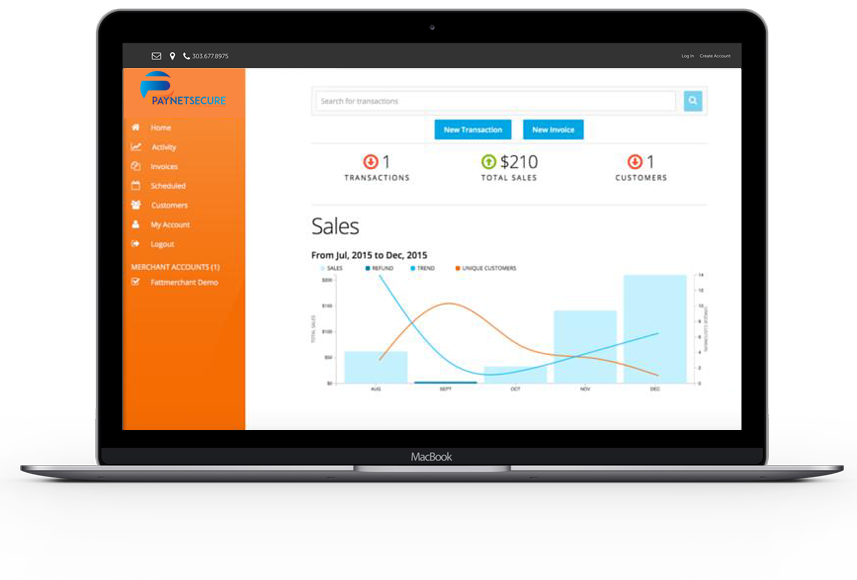Depending on one acquiring bank for payment processing is a risky proposition in today’s volatile banking environment. Multiple payment processing accounts are strategically desirable for ecommerce merchants to ensure processing can continue uninterrupted.
How Changes in Banking Regulations Affect High Risk Processing
New regulations, such as the Basel III Accords have changed capitalization/reserve ratio requirements for banks worldwide. As a result, acquiring banks are examining merchant account portfolios in detail.
From a bank’s perspective, merchant accounts are short term lines of credit extended to a company. When credit tightens, payment processing accounts are affected. Persuading a bank to increase existing lines of credit is getting more challenging every day.
Acquiring banks are tightening lines of credit available for payment processing services. Banks are putting caps on the amount of processing that can be run through high volume merchant accounts.
What the Changes Mean to High Volume Merchants
Businesses that have been processing with a bank for years are encountering roadblocks when applying for increases in payment processing volumes. The banks are examining payment processing portfolios looking for companies that represent increased exposure to loss.
Ecommerce in general represents a greater risk to banks than swiped processing because a card is not physically present when a purchase is made. Internet retailers with high volumes of transactions may be surprised to find themselves reclassified as high risk merchants simply because they process a lot of payments.
Some banks, in an attempt to preserve risk/reserve/capitalization ratios are purging entire processing portfolios. When this happens, all merchants processing with that bank, including those with stellar payment processing history, must find another bank to accept their business.
Conclusion: Take control of Your Payment Processing
Be proactive. Facing reality is the first step in developing a successful payment processing strategy.
Don’t be lulled into complacency, thinking that your current provider will give you the processing volume you need. Or, will continue processing for you at all.
Diversification of merchant accounts protects your cash flow and liquidity. Participation in a banking network frees you from dependence on a single bank. And provides virtually unlimited access to lines of credit for payment processing.
One processing platform unites all the banks. A single “plug-in” lets you connect to all the financial institutions in the network. Management and account reconciliation for all accounts is easy and simple.
Are you a high volume merchant seeking more payment processing capacity?
Contact info@paynetsecure.net today
